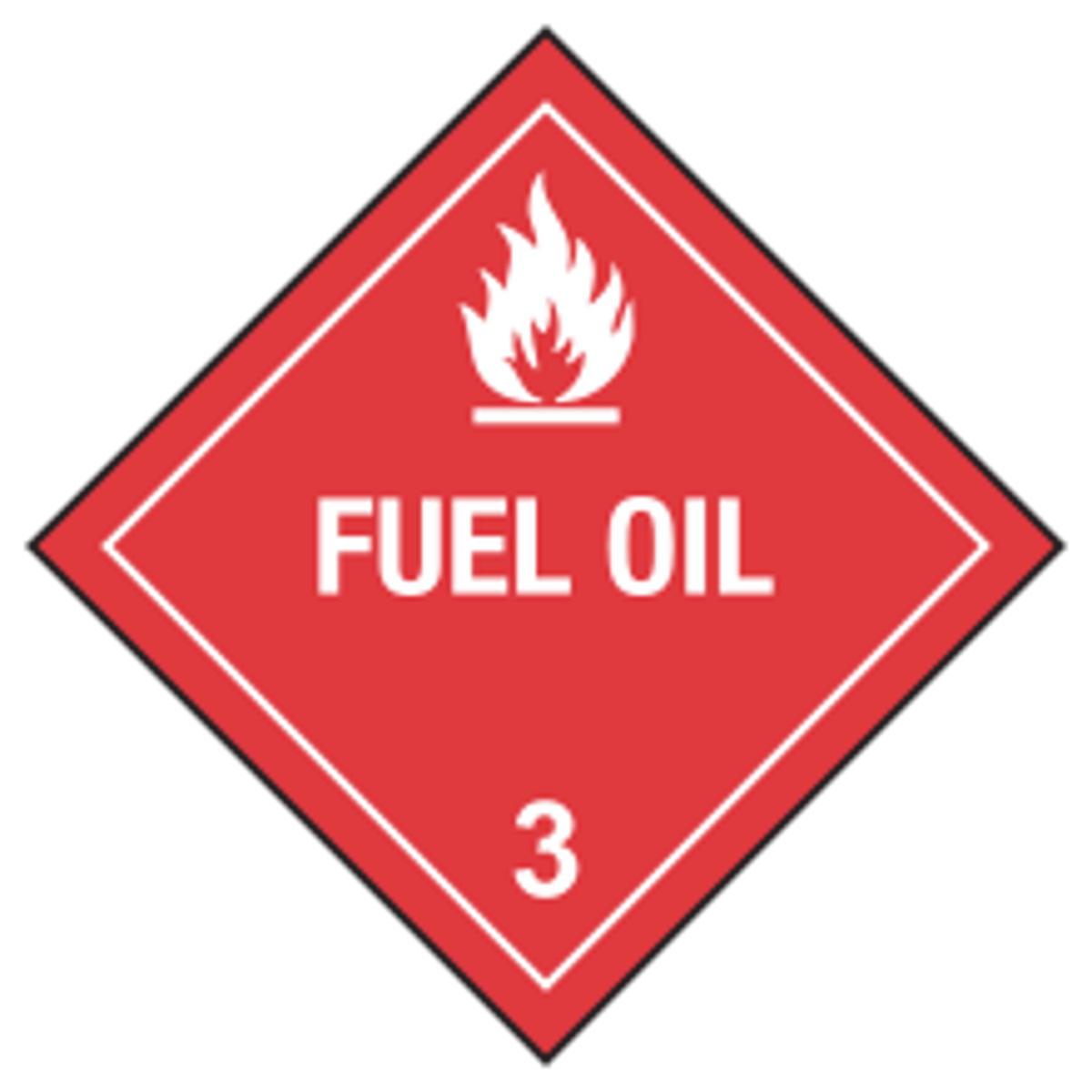Accidental Mixing of Different Fuel Oils
- Safety Flash
- Published on 19 March 2018
- Generated on 10 December 2025
- IMCA SF 06/18
- 2 minute read
Jump to:
A vessel was at anchorage waiting for the pilot.
What happened?
The engine room was manned and the main engine ready for manoeuvring. The duty engineer informed the bridge that two valves on the fuel transfer line were kept open overnight. These were the valve for Ultra Low Sulphur Fuel Oil tank no 6 (starboard) and valve for Heavy Fuel Oil tank no.6 (Centre starboard).
It was observed on the remote gauging system that the quantity of fuel in the Ultra Low Sulphur Fuel Oil tank no 6 (starboard) was considerably less than the previous day.

What went wrong? What were the causes?
All valves on the fuel transfer line were closed and soundings were taken for all tanks. It was found that 57 tonnes of Ultra Low Sulphur Fuel Oil from tank no.6 (S) had been accidentally transferred by gravity to Heavy Fuel Oil tank no.6 (CS), due to the initial higher level in the first tank (tank no.6 (S)).
Samples from tank no.6 (CS) and ULSFO settling tank were taken and landed ashore for urgent sample analysis.
Results from the laboratory confirmed that fuel was contaminated due to mixing.
Our member noted the following:
- There was financial and reputational loss:
- cost for urgent sample analysing
- company’s reputation with the shipowner.
- The immediate cause was carelessness – failure to operate the fuel valve correctly.
- Causal factors identified were inadequate supervision or management – a lack of adequate oversight and monitoring.
- The root cause identified was inadequate compliance with existing procedures.
What actions were taken?
Persons involved were referred back to company procedures, and a notice with the fuel oil transfer procedures displayed near the operating panel.
Related Safety Flashes
-
IMCA SF 16/15
22 October 2015
-
IMCA SF 16/14
3 October 2014
-
IMCA SF 05/06
30 April 2006
IMCA Safety Flashes summarise key safety matters and incidents, allowing lessons to be more easily learnt for the benefit of the entire offshore industry.
The effectiveness of the IMCA Safety Flash system depends on the industry sharing information and so avoiding repeat incidents. Incidents are classified according to IOGP's Life Saving Rules.
All information is anonymised or sanitised, as appropriate, and warnings for graphic content included where possible.
IMCA makes every effort to ensure both the accuracy and reliability of the information shared, but is not be liable for any guidance and/or recommendation and/or statement herein contained.
The information contained in this document does not fulfil or replace any individual's or Member's legal, regulatory or other duties or obligations in respect of their operations. Individuals and Members remain solely responsible for the safe, lawful and proper conduct of their operations.
Share your safety incidents with IMCA online. Sign-up to receive Safety Flashes straight to your email.